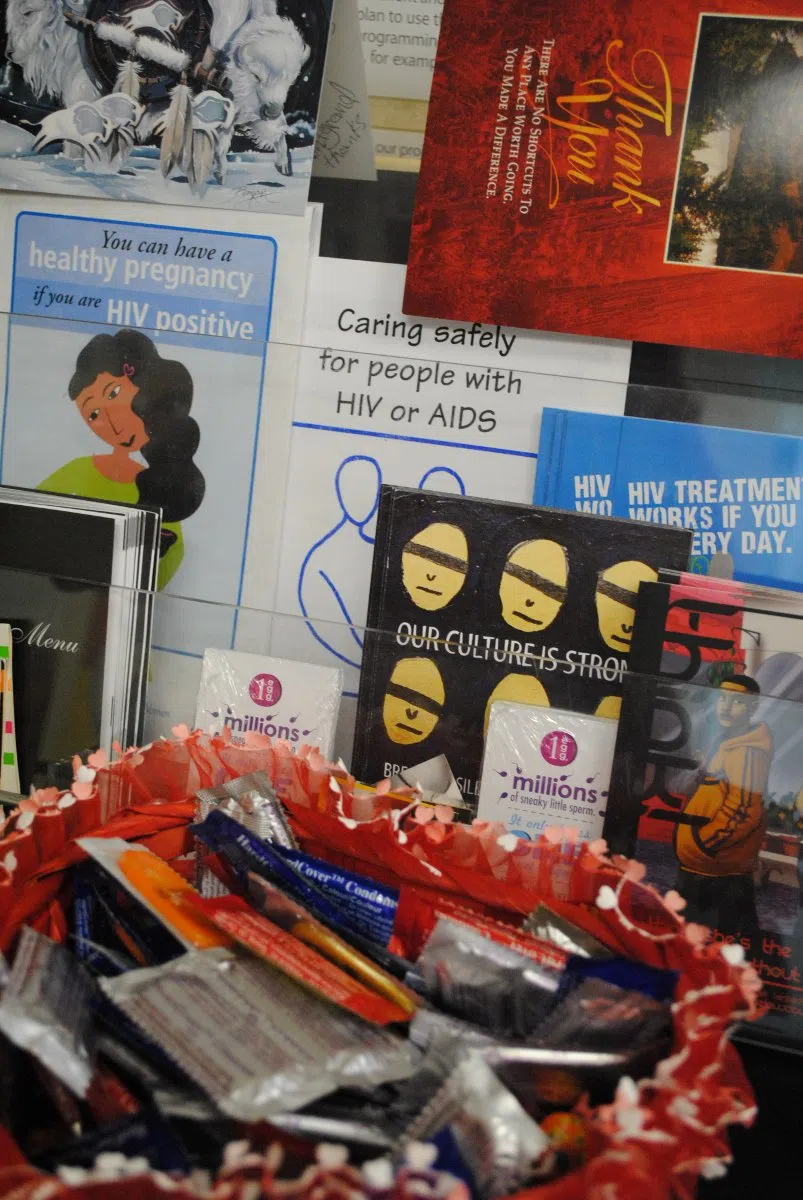
Research important for more programing, funds
It has meant more paperwork for people being diagnosed with HIV, but information from a recently created questionnaire is expected to start revealing new insight into the disease soon.
“We don’t have all the information we need yet, but we are working to get that,” said Jim Myres, director of Disease Prevention with Saskatchewan’s Ministry of Health.
While the basics of age, demographics and the number of new cases, have been tracked for years, in-depth studies on how and why people became HIV positive have been missing.
The new forms were rolled out over the past year and information is expected to be ready within the month, Myres said.


